Intro
Discover how TENS units relieve pain through electrical stimulation, utilizing transcutaneous methods, pain relief techniques, and muscle relaxation for therapeutic benefits, exploring 5 ways they work.
The human body is a complex system, and managing pain is one of the most significant challenges many people face. With the advancement of technology, various methods have been developed to alleviate pain, and one of the most popular and effective methods is using TENS units. TENS stands for Transcutaneous Electrical Nerve Stimulation, a non-invasive technique that uses electrical currents to stimulate nerves and reduce pain. Understanding how TENS units work is crucial for those considering this method for pain management.
TENS units have been widely used for decades, offering a drug-free alternative for pain relief. The principle behind TENS is based on the gate control theory of pain, which suggests that certain nerve fibers can block or "gate" pain signals traveling to the brain. By stimulating these nerves with electrical impulses, TENS units can effectively reduce the perception of pain. This method is not only used for chronic pain conditions but also for acute pain, such as post-operative pain and labor pain.
The effectiveness of TENS units in pain management has led to their increased popularity among healthcare professionals and patients alike. They are portable, easy to use, and can be adjusted to suit individual needs. Moreover, TENS units are a cost-effective option compared to long-term medication or surgical interventions. With the variety of TENS units available on the market, understanding their working mechanisms and benefits is essential for making informed decisions about pain management.
Introduction to TENS Units
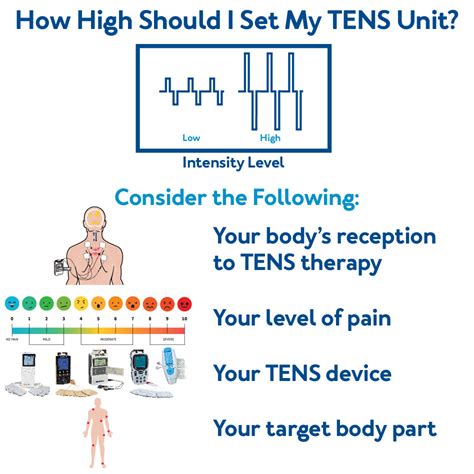
TENS units are small, battery-operated devices that send low-voltage electrical currents to the body via electrodes placed on the skin. These currents stimulate the nerves, interrupting pain signals sent to the brain. The basic components of a TENS unit include a control unit, electrodes, and lead wires. The control unit is the main device that generates the electrical impulses, while the electrodes are the pads that are placed on the skin to deliver these impulses. The lead wires connect the electrodes to the control unit.
How TENS Units Work
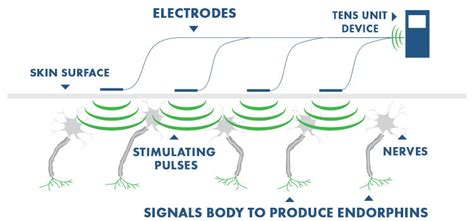
The working mechanism of TENS units involves several key steps:
- Placement of Electrodes: The first step in using a TENS unit is placing the electrodes on the skin near the area of pain. The electrodes are usually placed in pairs, with one electrode acting as the positive pole and the other as the negative pole.
- Adjusting the Intensity: Once the electrodes are in place, the user adjusts the intensity of the electrical current to a comfortable level. The intensity can be increased or decreased based on the user's preference and the level of pain relief needed.
- Stimulation of Nerves: The TENS unit sends electrical impulses through the electrodes to the nerves under the skin. These impulses stimulate the nerves, which then send signals to the brain.
- Blockage of Pain Signals: According to the gate control theory, the stimulation of certain nerve fibers can block the transmission of pain signals to the brain. This results in a reduction in the perception of pain.
Benefits of Using TENS Units

The benefits of using TENS units for pain management are numerous:
- Drug-Free Pain Relief: TENS units offer a drug-free alternative for pain relief, reducing the risk of addiction and side effects associated with pain medications.
- Non-Invasive: The method is non-invasive, making it a safer option compared to surgical interventions.
- Portability: TENS units are portable, allowing users to manage their pain anywhere, anytime.
- Cost-Effective: In the long run, TENS units can be more cost-effective than ongoing medication or frequent medical visits.
Types of TENS Units
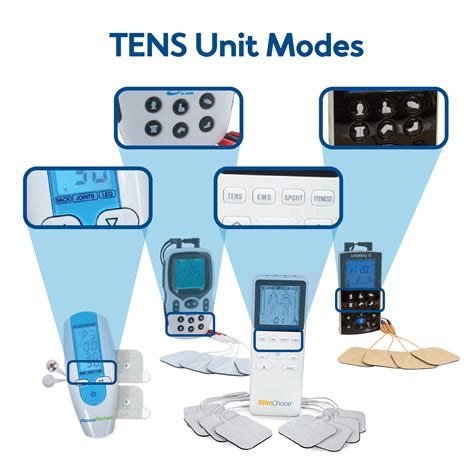
There are several types of TENS units available, each designed for specific needs:
- Conventional TENS: This is the most common type, used for general pain relief.
- Acute TENS: Used for acute pain, such as post-operative pain.
- Intensive TENS: Offers higher intensity settings for deeper pain relief.
- Microcurrent TENS: Uses very small currents, believed to promote healing and reduce inflammation.
Practical Applications of TENS Units
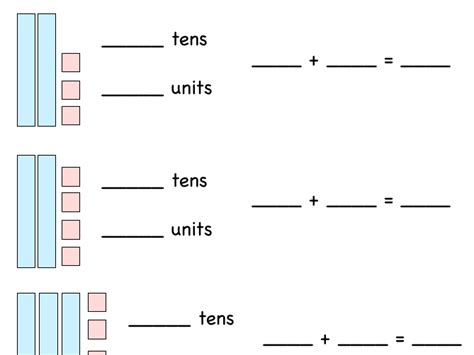
TENS units have a wide range of practical applications:
- Chronic Pain Management: Effective for managing chronic pain conditions such as arthritis, fibromyalgia, and lower back pain.
- Labor Pain: Used to help manage pain during labor.
- Post-Operative Pain: Helps in reducing pain after surgery.
- Sports Injuries: Can be used to relieve pain and reduce inflammation in sports injuries.
Choosing the Right TENS Unit
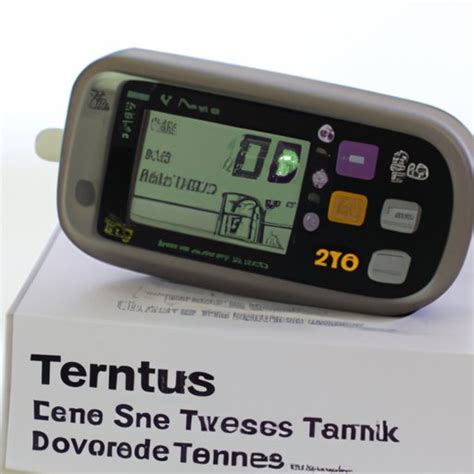
Choosing the right TENS unit depends on several factors:
- Intensity Settings: Look for a unit with adjustable intensity settings to customize your pain relief.
- Number of Channels: Units with multiple channels allow for the treatment of multiple pain areas simultaneously.
- Pulse Width and Frequency: These settings can be adjusted to suit individual preferences and pain types.
- Battery Life: Consider a unit with long battery life for convenience.
Precautions and Side Effects

While TENS units are generally safe, there are precautions and potential side effects to consider:
- Skin Irritation: Some users may experience skin irritation or allergic reactions to the electrodes.
- Pregnancy and Epilepsy: TENS units should be used with caution in pregnancy and epilepsy, under medical supervision.
- Pacemakers: Individuals with pacemakers should avoid using TENS units due to potential interference.
Conclusion and Future Directions
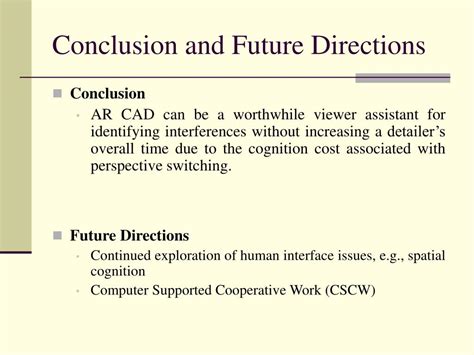
In conclusion, TENS units offer a viable and effective method for pain management, with a wide range of applications and benefits. As technology continues to advance, we can expect to see further innovations in TENS units, potentially leading to even more effective pain relief options. For those considering TENS units, it's essential to consult with a healthcare professional to determine the best course of treatment for their specific pain condition.
What is the principle behind TENS units?
+TENS units work based on the gate control theory of pain, which suggests that stimulating certain nerve fibers can block pain signals to the brain.
Are TENS units safe for everyone?
+While generally safe, TENS units should be used with caution in certain conditions, such as pregnancy, epilepsy, and pacemakers, and under medical supervision.
Can TENS units be used for chronic pain management?
+Yes, TENS units are effective for managing chronic pain conditions, including arthritis, fibromyalgia, and lower back pain.
We invite you to share your experiences or questions about using TENS units for pain management. Your feedback and insights can help others make informed decisions about their pain relief options. Feel free to comment below or share this article with someone who might benefit from this information. Together, we can explore more effective ways to manage pain and improve the quality of life for those affected by chronic pain conditions.
